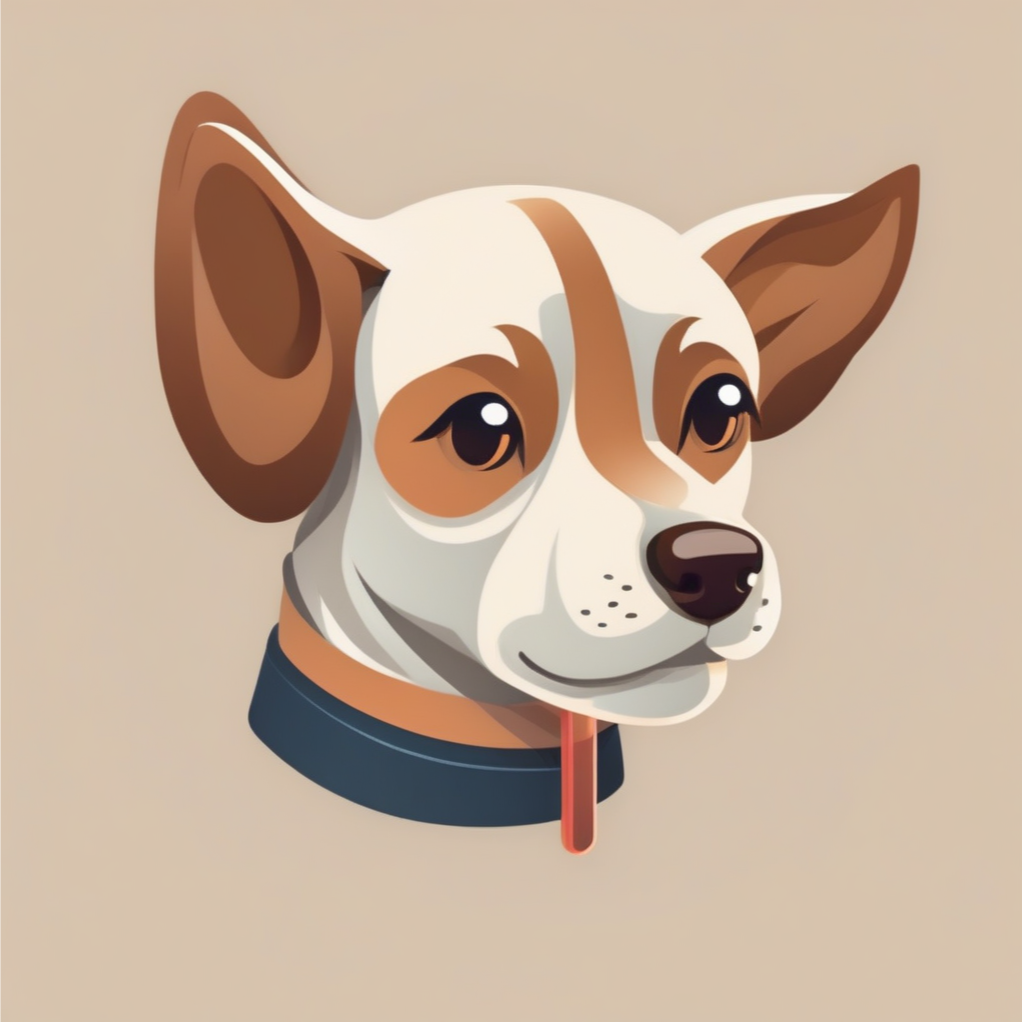What Are Dog Whiskers?
Dogs have whiskers, or vibrissae, which serve as highly sensitive sensory tools. These whiskers aid in a dog’s vision and navigation of its surroundings by detecting changes in air currents and physical obstacles. While often referred to as ‘tactile hairs,’ they don’t feel things in the same way human fingers do. In this article, we will delve into the world of dog whiskers, exploring their purpose, their unique characteristics, and the potential dangers of tampering with them.

Do All Dogs Have Whiskers?
Yes, all dogs have whiskers, even hairless breeds. While the number and length of whiskers may vary by breed, these whiskers play a vital role in sensory perception.
Why Dogs Have Whiskers
Dogs rely on their whiskers for a variety of essential tasks, making these seemingly inconspicuous facial features incredibly important. Let’s delve into the multifaceted world of whiskers and understand how they contribute to a dog’s well-being:
- Navigation Aid: In the dim light of night or when exploring tight and cramped spaces, whiskers act as sensitive guides, helping dogs find their way safely.
- Close-Up Inspection: When it comes to examining objects up close, where their eyesight may falter, whiskers come to the rescue. They provide tactile information, allowing dogs to understand their surroundings better.
- Locating Nourishment: Whiskers are instrumental in helping dogs locate their food and water sources, even in the dark. They serve as touch-sensitive tools that assist in the search for sustenance.
- Threat Detection: Dogs use their whiskers to detect potential threats in their environment. Any disturbance or movement that affects their whiskers triggers a response, alerting them to possible danger.
- Expressing Interest: Whiskers also play a role in non-verbal communication. They can express a dog’s curiosity or interest in something, adding depth to their social interactions.
- Smell Localization: Detecting wind direction through whiskers aids in locating scents and understanding the environment. This sensory advantage is particularly useful for hunting or tracking.
- Protective Shield: Whiskers serve as a protective shield for a dog’s eyes and face. They’re like a built-in warning system. If a sharp object, like a stick or branch, comes too close, the whiskers trigger reflex reactions, such as blinking, helping the dog avoid potential injury.
Dog Whiskers vs. Cat Whiskers
While both dogs and cats have whiskers, there are some differences between the two. Dog whiskers tend to be stiffer and less numerous than cat whiskers. Cats have whiskers not only on their face but also on the backs of their forelegs and above their eyes. Additionally, cat whiskers are highly specialized for precise navigation, allowing them to gauge whether they can fit through tight spaces. Dog whiskers, on the other hand, are more focused on detecting movement and nearby objects.
Dangers of Removing Dog Whiskers
Removing a dog’s whiskers can have adverse effects on their well-being. Whiskers play a crucial role in helping dogs avoid obstacles and dangers. Without their whiskers, dogs may become disoriented and struggle to navigate their surroundings, potentially leading to accidents or injuries. Furthermore, removing whiskers can cause discomfort and stress for the dog, as these sensitive hairs are deeply embedded in nerve-rich follicles.
Should You Trim Dog Whiskers?
Trimming your dog’s whiskers won’t cause them physical pain since whiskers lack pain receptors. However, doing so may lead to confusion and reduced spatial awareness, potentially affecting their ability to judge nearby objects and, consequently, their confidence.
Do Dog Whiskers Fall Out?
Yes, dog whiskers can naturally shed over time, which is a normal part of their hair growth cycle. However, excessive whisker shedding may indicate an underlying health issue. One such condition is Alopecia areata, an autoimmune disease that affects dogs and other mammals, leading to the loss of body hair, eyelashes, and whiskers. Additionally, dental problems can also contribute to whisker loss in dogs.
Frequently Asked Questions (FAQs) about the purpose of dogs’ whiskers.
Here are some frequently asked questions about dog whiskers:
What happens if you cut off a dog’s whiskers? Cutting off a dog’s whiskers can disorient them and affect their spatial awareness. Whiskers are highly sensitive and help dogs navigate and detect their surroundings. It’s not recommended to trim or cut a dog’s whiskers.
Is it OK to touch a dog’s whiskers? Lightly touching a dog’s whiskers is generally safe and won’t harm them. However, avoid pulling or tugging on them as it can be uncomfortable for the dog.
Why are my dog’s whiskers so long? Dog whiskers, also known as vibrissae, grow to different lengths on different breeds. Their length is primarily determined by genetics, and longer whiskers can provide dogs with enhanced sensory information about their environment.
Why do dogs have whiskers under their chin? Dogs have whiskers under their chin to help them detect objects and movements near their mouth. These chin whiskers are especially useful for them when they’re eating or exploring objects close to the ground.
Why do dogs have whiskers on their eyebrows? Whiskers on a dog’s eyebrows serve as tactile sensors to detect objects or obstacles in their path. They help with depth perception and protect their eyes by signaling when something is too close.
Why do dogs have whiskers on their face? Whiskers on a dog’s face are strategically located to help them navigate their surroundings effectively. These whiskers are incredibly sensitive to touch and vibrations, providing dogs with crucial information about their environment and helping them avoid collisions or potential dangers.
In conclusion, dog whiskers are not just a decorative feature but a critical sensory tool that helps dogs navigate their world and communicate with us. Understanding the importance of these specialized hairs can lead to better care and appreciation for our canine companions. So, the next time you look into your dog’s eyes, take a moment to appreciate the remarkable whiskers that enhance their perception of the world around them.

